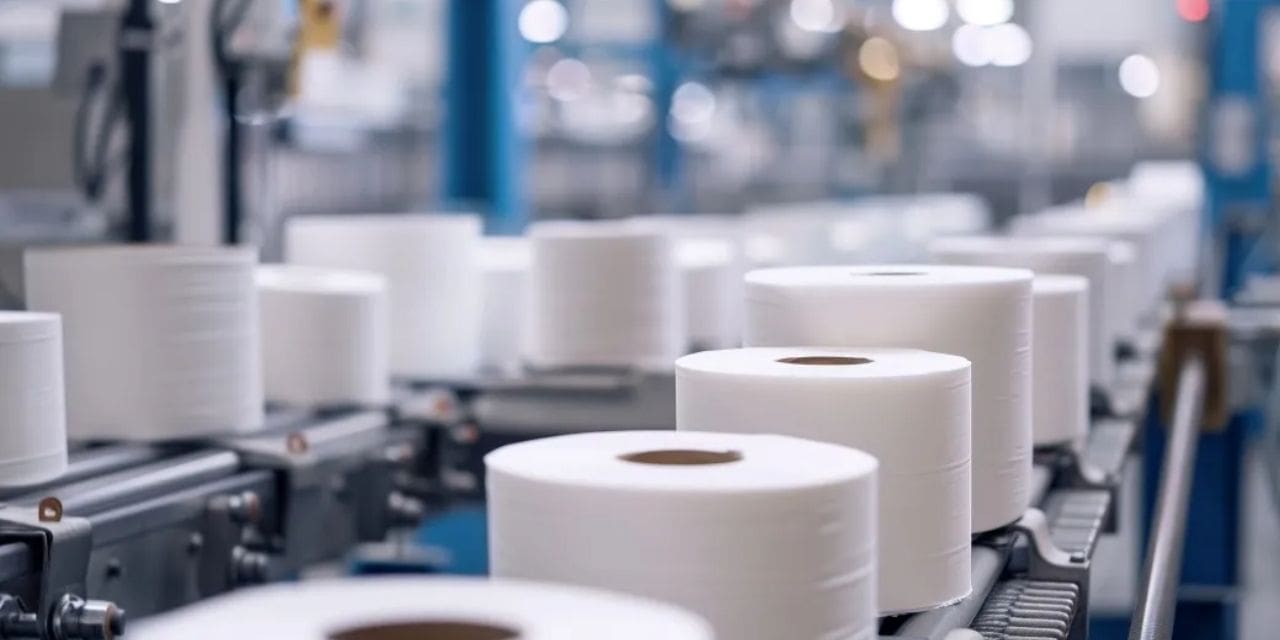The textile industry is one of the oldest and most crucial sectors in the global economy. In recent years, the financial performance of leading textile firms has been under scrutiny as they navigate changing trade policies, supply chain disruptions, and evolving consumer preferences. In this article, we will analyze the financial health of top textile firms, focusing on their stock performance and the impact of the Margin Trading Facility (MTF) on investor behavior.
Overview of the Textile Industry
The textile industry encompasses companies involved in the production of fibers, fabrics, apparel, and related products. It plays a vital role in employment generation and export earnings for many economies, particularly in countries like India, China, Bangladesh, and Vietnam. However, the sector faces challenges such as rising raw material costs, increased labor expenses, and environmental regulations, which affect profitability.
Leading textile companies such as Reliance Industries (India), Arvind Ltd., Vardhman Textiles, and Alok Industries serve as benchmarks for analyzing the financial health of the industry. These firms represent both integrated players (involved in fiber production, spinning, weaving, and garment manufacturing) and specialized players focusing on niche markets.
Stock Market Performance
The stock prices of textile companies provide an essential insight into investor sentiment and the overall financial health of the sector. Let’s look at the performance of some top textile stocks over the past year:
- Arvind Ltd.: Known for its denim and shirting fabric production, Arvind has experienced volatility in its stock price, driven by shifts in demand and supply chain disruptions. Despite challenges, the company’s strong focus on innovation in textile production has maintained investor confidence.
- Vardhman Textiles: A significant player in the Indian textile industry, Vardhman’s stock performance has been relatively stable, with a slow but steady appreciation in stock price. The company’s vertically integrated model has helped it navigate raw material price fluctuations better than its competitors.
- Alok Industries: The stock price of Alok Industries has been volatile, primarily due to restructuring and debt concerns. However, with its large-scale operations and renewed investor interest post-acquisition by Reliance Industries, it has seen a gradual upward trend.
The performance of textile firms in the stock market depends on several macroeconomic factors, including inflation rates, currency fluctuations, and trade tariffs. Investors are keenly watching how these firms manage their cost structures and streamline operations.
Role of MTF (Margin Trading Facility)
Margin Trading Facility (MTF) allows investors to buy stocks by borrowing funds from their brokers, paying only a fraction of the total value upfront. This leverage helps traders to increase their exposure to stocks and maximize potential gains, but it also increases the risk of losses.
For textile stocks, MTF can play a significant role, particularly in periods of high market volatility. Many retail investors opt for margin trading to amplify their returns in a sector known for cyclical demand patterns. Below are some of the implications of MTF on the financial performance and stock price of leading textile firms:
- Increased Liquidity: MTF increases market liquidity by allowing more investors to participate in stock trading, even when they lack the necessary capital. This influx of buying activity often drives up stock prices, particularly in companies like Vardhman Textiles, which are seen as relatively safe investments in a risky sector.
- Risk Amplification: Textile companies, especially those with high debt like Alok Industries, can experience sharp declines in stock prices when MTF positions are liquidated during market downturns. Investors who take on large MTF positions risk margin calls, forcing them to sell their shares at lower prices, thereby pushing the stock price down further.
- Stock Volatility: MTF also increases the volatility of stocks in the textile sector. Short-term traders, who use leverage to take advantage of small price movements, contribute to the frequent price fluctuations seen in stocks like Arvind Ltd. These fluctuations can make it challenging for long-term investors to gauge the company’s true financial health based on stock prices alone.
Financial Ratios and Key Indicators
To better analyze the financial performance of textile firms, we can look at some key financial ratios:
- Earnings Per Share (EPS): This measures the profitability of a company. Vardhman Textiles has consistently delivered positive EPS growth over the last five years, making it attractive to long-term investors. On the other hand, Alok Industries struggled with negative EPS, but post-acquisition, there has been a turnaround.
- Debt-to-Equity Ratio: The textile industry is capital-intensive, requiring significant investment in machinery and technology. Firms like Arvind Ltd. have maintained a balanced debt-to-equity ratio, which helps them remain financially stable during downturns. However, companies with higher debt levels face increased risk, especially when interest rates rise.
- Return on Equity (ROE): ROE is a measure of how efficiently a company uses shareholder funds. Vardhman Textiles has consistently reported a strong ROE, reflecting its efficient capital usage, while Alok Industries’ low ROE indicates underperformance in this area.
Conclusion
The financial performance of leading textile firms provides insights into the health and future prospects of the broader textile industry. Stock market performance, impacted by macroeconomic factors and investor sentiment, gives a real-time indication of how these companies are managing challenges. The use of Margin Trading Facility adds an additional layer of risk and opportunity for investors, amplifying both gains and losses in textile stocks.
For investors, focusing on companies with solid fundamentals, a balanced debt profile, and a history of stable earnings growth is crucial. Vardhman Textiles, with its strong financial ratios, continues to be a market leader, while Alok Industries’ recovery presents a high-risk, high-reward opportunity. The evolving landscape of the textile industry, coupled with the availability of MTF, creates dynamic opportunities for those willing to navigate the associated risks.

